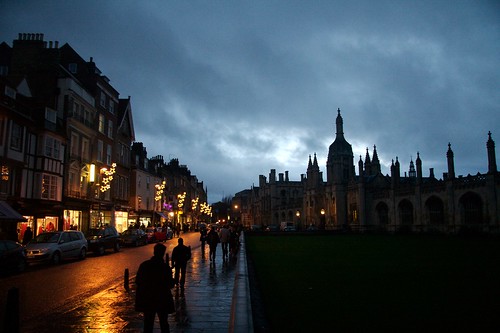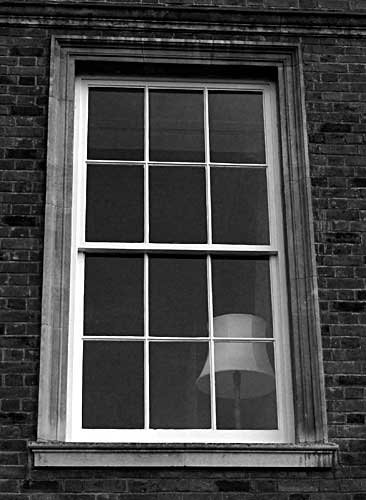Interesting comment by Feli Di Giorgio in a Lightstalkers discussion.
Digital has lower noise (grain) and better color accuracy, especially in mixed light.
Digital ‘sees’ deeper into the shadows and film handles highlights better,
Film negative has greater exposure range, 10-18 stops depending on whom you believe.
Digital has more dynamic range than slide film , but less than negative. With the exception of the Finpix S5 Pro, pretty much every DSLR on the market delivers about 8 stops of usable dynamic range. Usable being the keyword here. The Finepix S5 PRO gets 10 stops, because of it’s high dynamic range SuperCCD, but it’s only 6MP.
Film also tends to have greater color resolution, but that is changing as manufacturers up the resolution of their A/D circuitry, which will also increase the useable dynamic range. There is a noticeable difference between the results you get with a 12bit and 16bit A/D converter.
One reason why the M8 may deliver more film-like images is due to it’s use of a CCD, rather than a CMOS chip. CCD’s tend to deliver images that have a more film like quality.
I’ve seen tests where the 16MP Canon 1Ds MkII runs neck to neck with a 6×7 negative and delivers less grain over 400asa. The film negative will have better tonality and greater dynamic range.
But in the end they are different media, like oil paint and acrylics. I prefer the look of Tri-X, so that’s what I shoot. Sometimes digtal is the better choice. I just use the tool that offers the best solution for the job.








